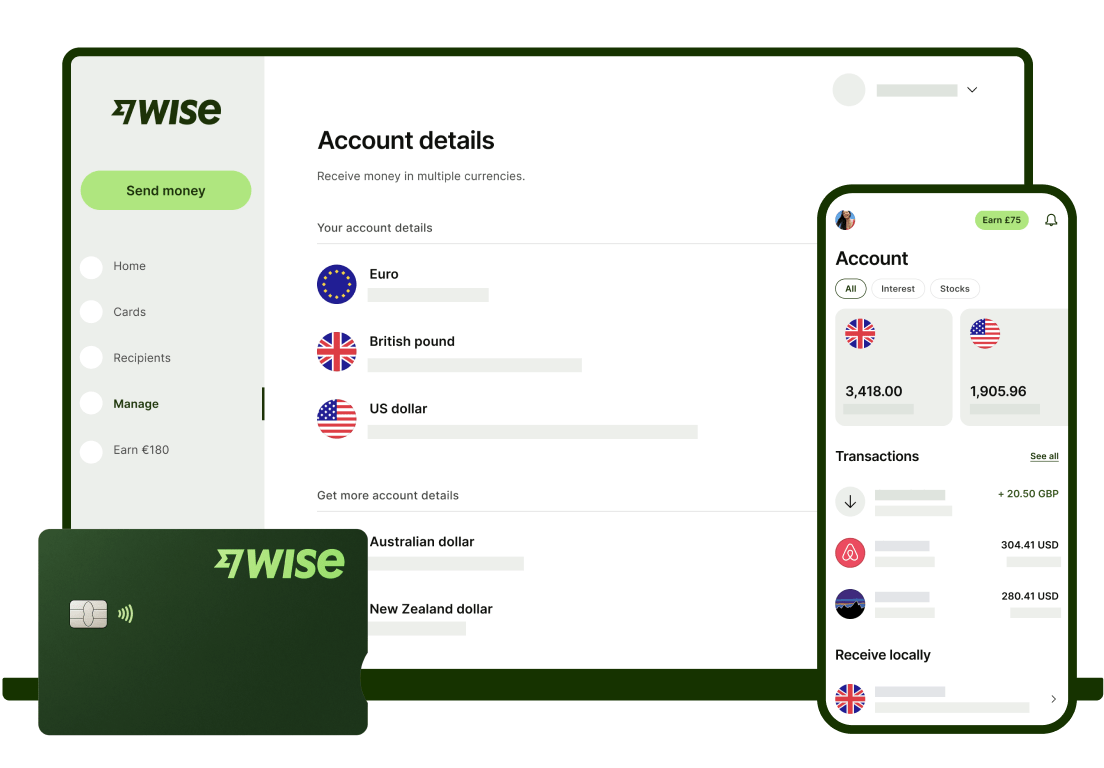5 Ways to Stand Out and Boost Black Friday Sales
Black Friday is the day after Thanksgiving, falling on Friday 29th November in 2024. It’s known for being a perfect time for snagging a bargain, opening the...

The selling price of a good or service is the price paid by the buyer. While the seller determines the price, several factors influence how the seller gets to that specific number. The price for the same product or service may vary across buyers based on the seller’s discretion.
The ability to alter the selling price can play an essential role in determining how profitable a business is. This article will explain how to calculate selling price and the factors that decide the selling price and the ways you can reduce operating and production costs to help increase your profit margin and offer more competitive prices.
| 💡💸 Protect your profit when you sell internationally with Wise. Find out how! |
|---|
Businesses have to look at several things before determining the selling price. The industry in which a business operates in plays a vital role as you need to know the competitive market price for your product or service.
For example, if your business is in a highly competitive space, having a high selling price might encourage potential new customers towards competitors who might be getting the same service for a cheaper cost. Of course, it's not entirely this straightforward which is why finance teams and small business owners look at a range of things to finalise on selling price including:
Additionally, other considerations go into affecting the selling price. For example, a customer purchasing a house when there's high demand for real estate may have to dish out a comparatively higher amount. These conditions can influence the selling price and overall bottom line of an organization in a unique way which is why companies look at the average selling price of similar products in the market at a certain period. We'll discuss average selling price further in the next section.
| 💡💸 Reduce your operating cost for international transactions with Wise for Business |
|---|
Selling price is how much a business sells its products and services to customers while average selling price is based on supply and demand and is calculated to assess the prices of similar products in the market at a specific period.
For example, when a product is in demand for a certain period, the prices of similar products in the market go up so companies can look at this data to determine how much margin they can put on top of the production or purchase cost.
To calculate the average selling price, we add the prices of similar products then divide it by the number of products in the equation. For example:
Consider 3 cars of the same brand, model and condition with current prices of:
Store A: Sells for 15,000
Store B: Sells for 13,000
Store C: Sells for 14,000
We add these up and divide by 3 so we get = 14,000 which is the average price at a given period.
In most cases, the production cost serves as a guide to determine the final selling price of a product or service. The business then decides on an additional margin above the cost of production. However, it's important to keep in mind the other costs such as operating and financial expenses which are not included when calculating the production cost. It also determines the final profit realized by the business.
| To better understand the stages of different cost and expenses businesses incur, check out our article about the 4 types for profit margin |
|---|
A business has limitations in setting the additional margin depending on how much control it has over the pricing. When the business perceives that the product offered does not have a substitute, it can set up a high margin assuming that the product will always be in demand, giving rise to higher returns. When there are several alternatives to the product that is offered, the margin can be slim.
Selling price can be calculated using the following formula:
| Selling Price = Cost Price + Additional Margin |
|---|
One can determine the selling price per unit by simply using the formula below. Alternatively, the cost price per unit can be used, and the margin can be added to arrive at the selling price per unit.
| Selling Price per Unit = Cost Price per Unit + Additional Margin |
|---|
| 💡Cost Price per Unit refers to the cost that is involved in making a product or service ready for being sold. This determines how much each unit of a product costs to the business. These costs include Variable and Fixed costs. |
|---|
Depending on the nature of the product or service, the approach to calculate the selling price per unit can vary. The following section will better explain several complexities in calculating the selling price across different companies.
| Selling Price = Cost Price + Additional Margin |
|---|
The selling price per unit would be:
Selling Price per Unit = GBP 2,000 + (100% of GBP 2,000) = GBP 4,000
The initial reaction would be that the markup is too high. However, this translates to a gross margin of (4000 – 2000)/4000 or 50%, which may seem reasonable for a business with high operating and financial costs.
Use a multi-currency account to manage payments in different currencies
If you source your raw materials from cheaper suppliers overseas or receive payments from clients in different currencies, you'd need Wise for Business to reduce the transfer as well as foreign exchange costs. You can also use a Wise multi-currency account to withdraw some funds that are in different currencies from e-commerce platforms or payment provider like PayPal. In turn, you can use those savings to reduce your selling price, making your product more competitive. See how to transfer money from PayPal to Wise
Review contract with existing partner and negotiate for discount
If you have a large input cost contract with a vendor, you may be able to negotiate a discount for buying in bulk, or for repeat business. Success in negotiating could reduce your cost and allow you to lower your selling price.
Outsourcing production and services
As your business grows, you may be able to outsource some of your production or services that can be easily replicated by cheaper labour or cheaper manufacturing from a business that works at a larger scale abroad.
Automated business processes
If you have repetitive processes, some may be able to be automated. This should save time, increase productivity, and allow you to lower your selling price over the long run.
Sourcing materials from cheaper suppliers abroad
You may be able to source cheaper materials from suppliers in different countries, taking advantage of cheaper labour costs. Overseas suppliers like Alibaba offers a wide range of ready made products that are offered at cheaper prices so resellers can add a profit margin on top.
 |
|---|
*Please see terms of use and product availability for your region or visit Wise fees and pricing for the most up to date pricing and fee information.
This publication is provided for general information purposes and does not constitute legal, tax or other professional advice from Wise Payments Limited or its subsidiaries and its affiliates, and it is not intended as a substitute for obtaining advice from a financial advisor or any other professional.
We make no representations, warranties or guarantees, whether expressed or implied, that the content in the publication is accurate, complete or up to date.

Black Friday is the day after Thanksgiving, falling on Friday 29th November in 2024. It’s known for being a perfect time for snagging a bargain, opening the...

Black Friday - Friday 29th November in 2024 - kicks off the end of year shopping period, with huge uplifts in on and offline sales as people grab a bargain...

Leveraging technology in business has always been a smart way to get ahead of the game. But with the fast pace of tech advancements we’ve seen recently,...

Read our guide to the best accounting software for startups in the UK, including QuickBooks, Sage, Xero, NetSuite, FreshBooks and FreeAgent.

Read our essential guide to the best business bank accounts for startups in the UK, comparing all of the most popular providers

Read our guide to the best online business bank accounts in the UK, including Tide, Starling, Revolut, ANNA and Wise Business.